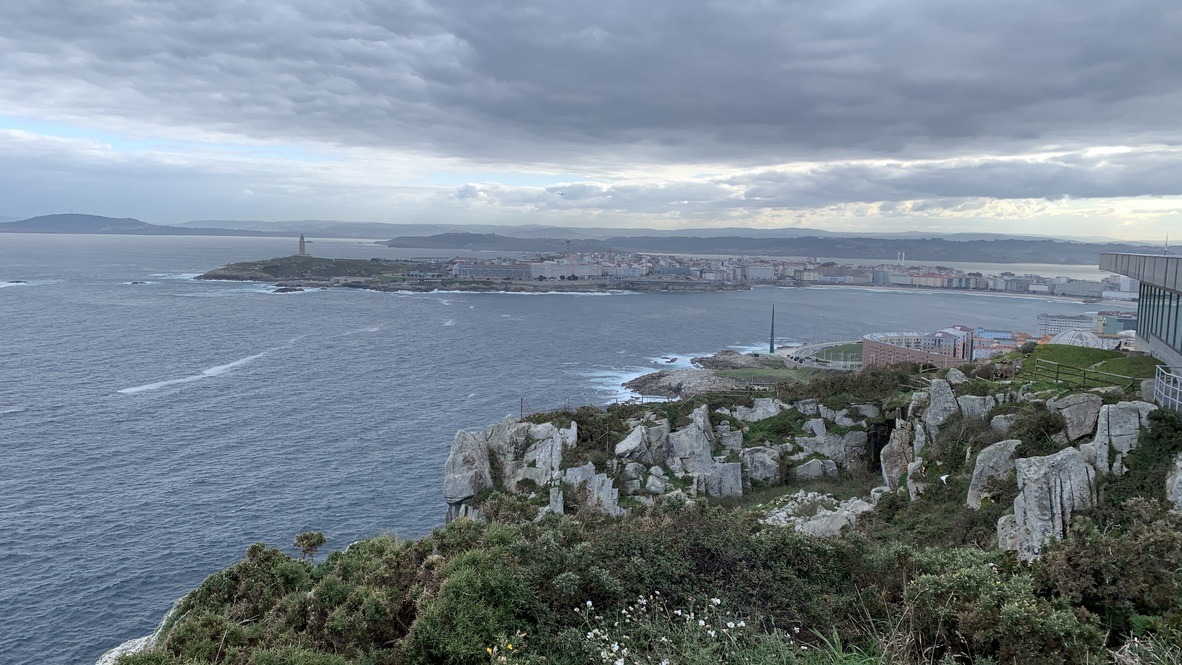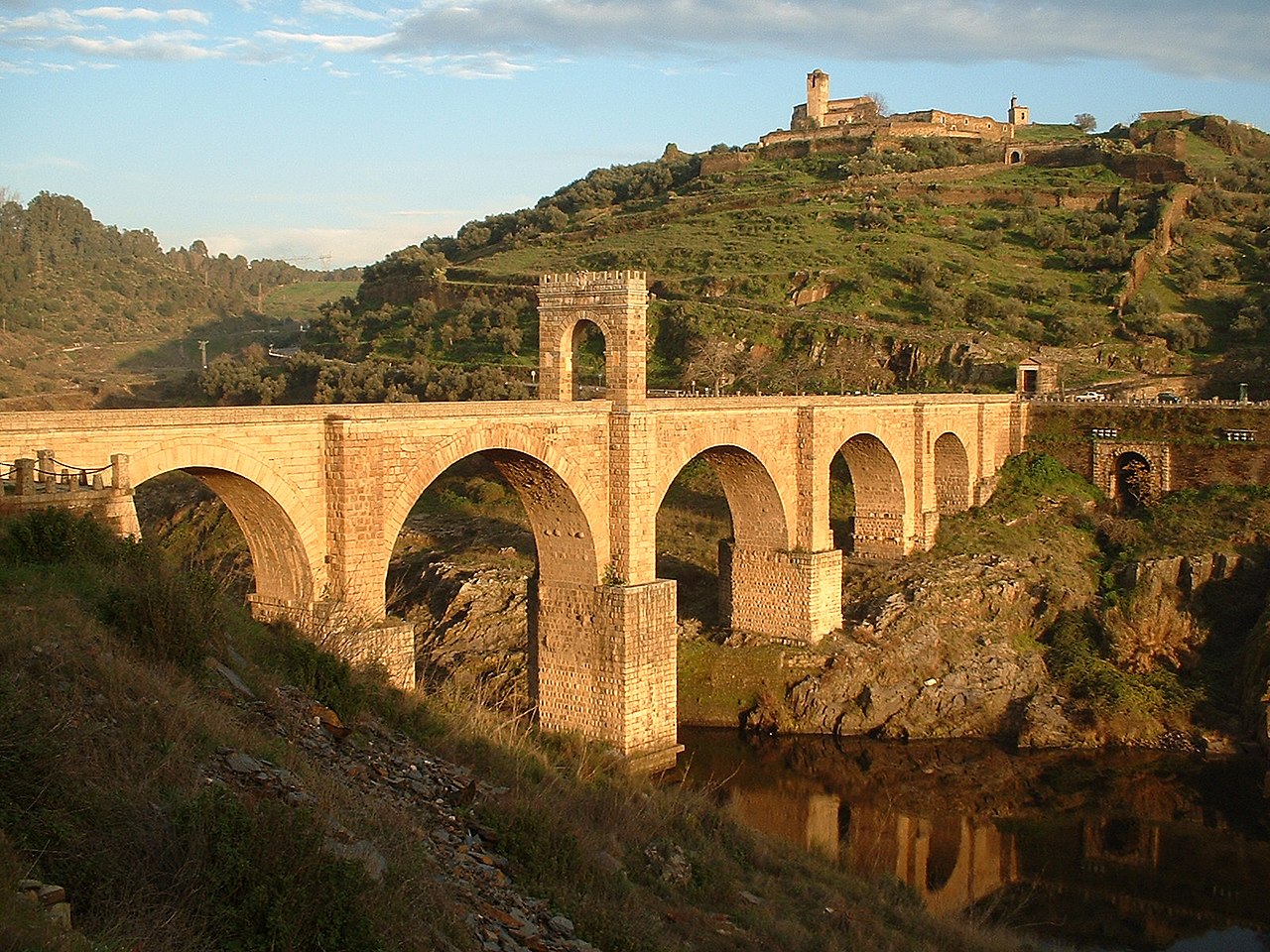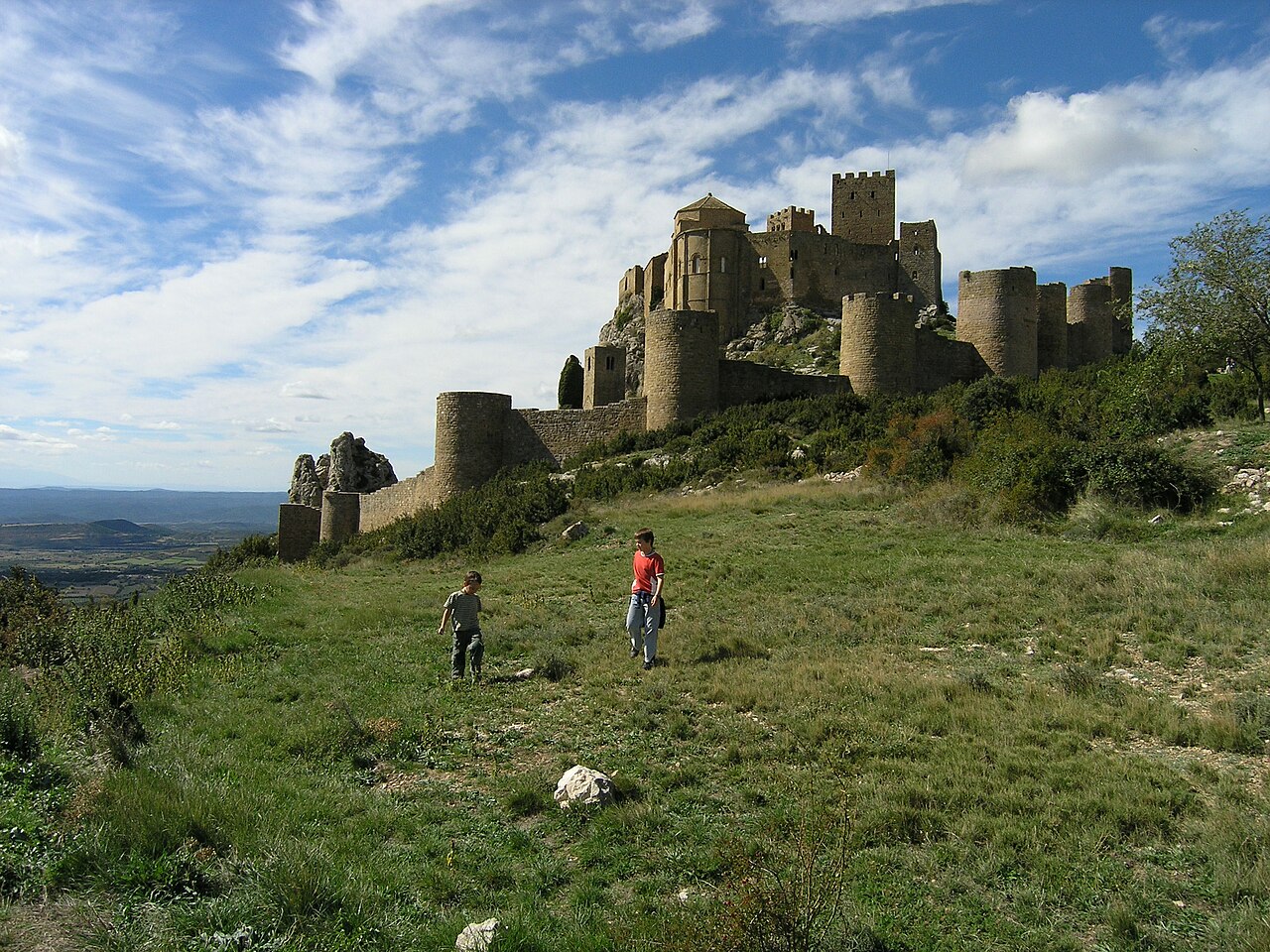La Rioja enchants visitors with its stunning landscapes, rich cultural heritage, and delicious cuisine. Whether you’re exploring historic towns, visiting world-renowned wineries, or savoring local dishes, La Rioja offers a memorable and enriching travel experience.
Getting There and Around
La Rioja, a renowned wine region in northern Spain, is accessible via Logroño-Agoncillo Airport, which offers domestic flights. The region is also well-connected by train and bus services, with major routes passing through Logroño, the capital city. Renting a car is a popular option for exploring La Rioja, as it allows easy access to the numerous vineyards and picturesque villages scattered throughout the region. Public transportation within cities includes buses, and many areas are pedestrian-friendly, ideal for leisurely strolls.
Top Attractions
- Haro: Known as the wine capital of La Rioja, Haro is famous for its wine cellars (bodegas), many of which offer tours and tastings. The annual Haro Wine Festival, featuring the famous Batalla del Vino (Wine Battle), is a must-see event.
- Monasteries of San Millán de la Cogolla: These UNESCO World Heritage sites, Yuso and Suso monasteries, are significant for their historical and cultural importance. They are considered the birthplace of the Spanish language.
- Logroño: The capital city offers a charming old town with narrow streets, tapas bars, and historic sites. Notable attractions include the Concatedral de Santa María de la Redonda and the bustling Calle Laurel, known for its vibrant tapas scene.
- Laguardia: This medieval walled town in the Rioja Alavesa subregion boasts narrow streets, ancient buildings, and stunning views of the surrounding vineyards. The town’s underground wine cellars are a unique attraction.
- Vivanco Museum of Wine Culture: Located in Briones, this museum offers a comprehensive look at the history, culture, and art of winemaking. It’s an excellent destination for wine enthusiasts.
- Sierra de Cebollera Natural Park: A beautiful natural area perfect for hiking, bird watching, and enjoying the scenic landscapes of La Rioja. The park features forests, rivers, and diverse wildlife.
Culture and Cuisine
La Rioja’s cultural heritage is deeply intertwined with its winemaking tradition. The region hosts numerous wine festivals, including the Haro Wine Festival and the Rioja Wine Harvest Festival in Logroño. These events celebrate the region’s wine culture with parades, music, and traditional dances.
Riojan cuisine is rich and varied, featuring local ingredients and traditional recipes. Must-try dishes include patatas a la riojana (potatoes with chorizo), cordero al chilindrón (lamb stew), and chuletillas al sarmiento (grilled lamb chops). The region is, of course, famous for its Rioja wines, which range from robust reds to crisp whites. Don’t miss tasting pimientos rellenos (stuffed peppers) and caparrones (red beans with sausage).
Shopping
For shopping enthusiasts, Logroño offers a mix of international brands, local boutiques, and specialty stores. The old town and surrounding areas are ideal for finding unique souvenirs, artisan crafts, and traditional Rioja products such as ceramics, textiles, and wine-related items. Local markets, such as the Mercado de San Blas in Logroño, are great places to buy fresh produce, local delicacies, and artisanal goods.
Day Trips
La Rioja’s compact size and beautiful scenery make it ideal for day trips:
- Ezcaray: A charming mountain village known for its picturesque streets, traditional houses, and excellent gastronomy. It’s also a gateway to the Sierra de la Demanda, perfect for outdoor activities like hiking and skiing.
- Navarrete: Famous for its pottery, this small town offers visitors the chance to explore local ceramics workshops and purchase unique handcrafted items. The town is also a stop on the Camino de Santiago pilgrimage route.
- Santo Domingo de la Calzada: A historic town with a rich medieval heritage, notable for its cathedral and the legend of the rooster and hen associated with the Camino de Santiago.
Practical Tips
- Best Time to Visit: Spring (April to June) and Fall (September to November) offer mild weather and the opportunity to see the vineyards at their most vibrant. The grape harvest season in September is particularly special. Summers can be hot, while winters are cold but quieter.
- Language: Spanish is the official language. While English is spoken in tourist areas, learning some basic Spanish phrases can enhance your experience and interactions with locals.
- Safety: La Rioja is generally safe, but as with any tourist destination, be mindful of your belongings in crowded areas and tourist sites to avoid pickpocketing.





